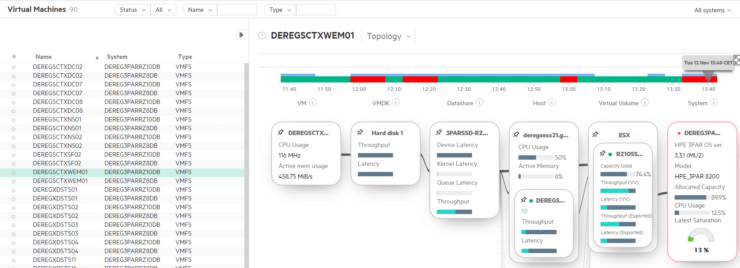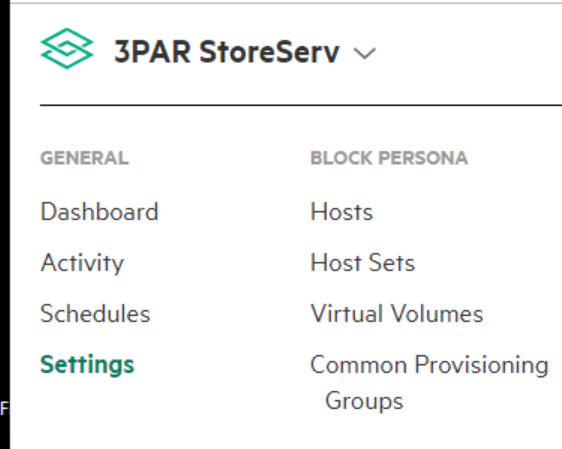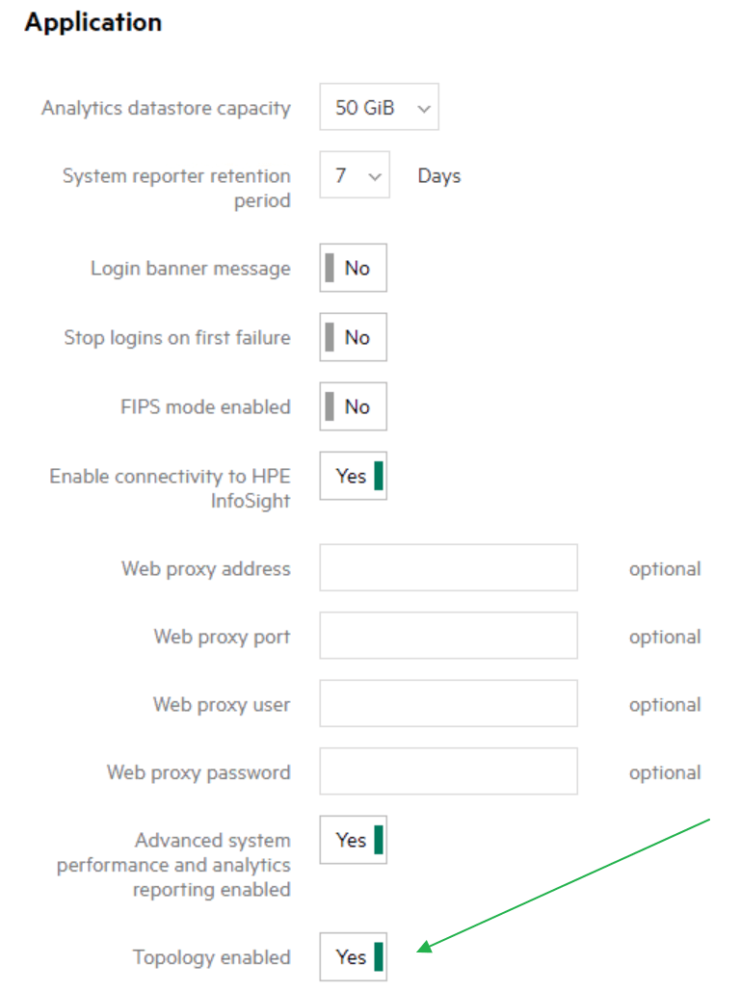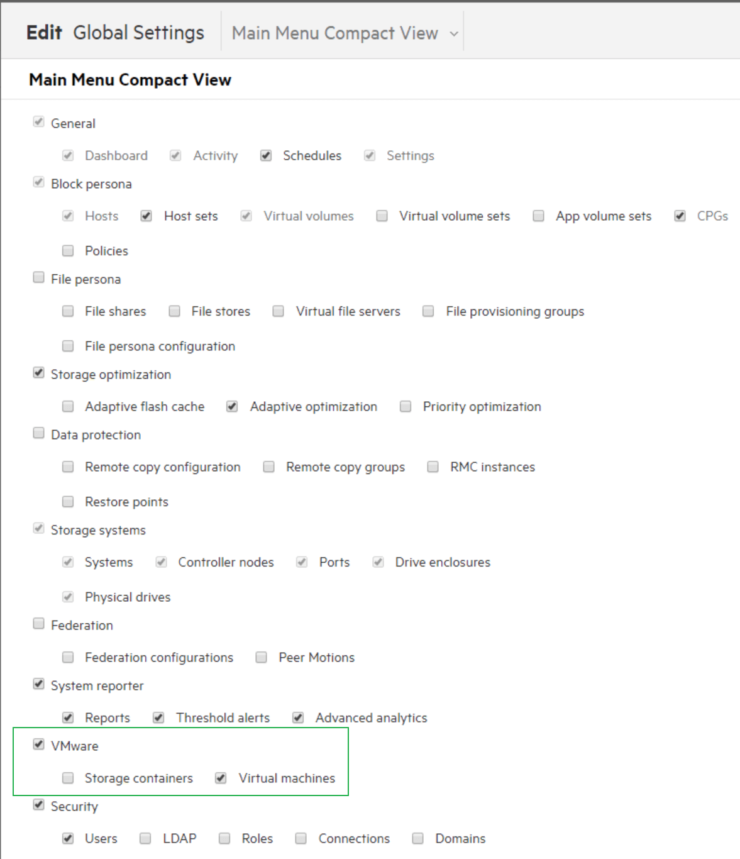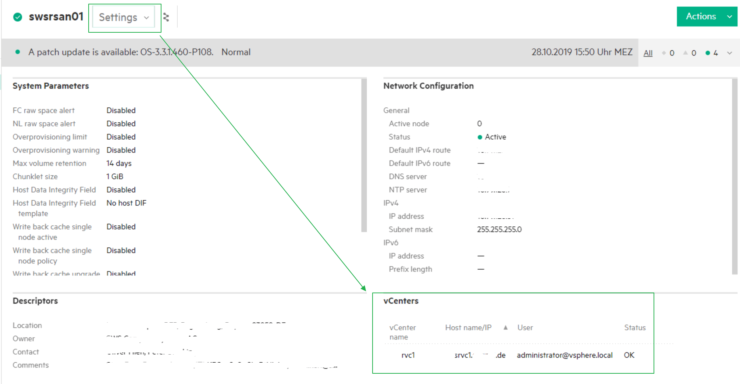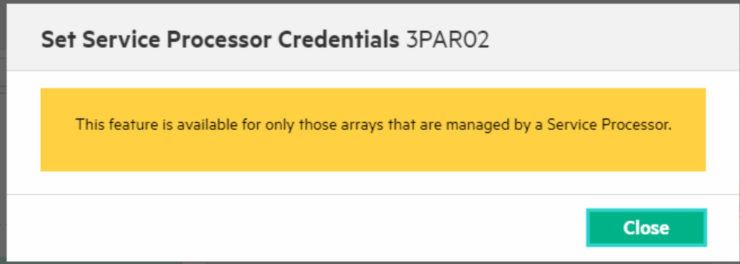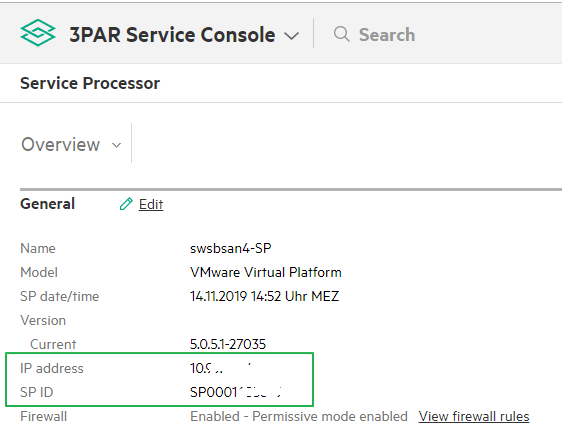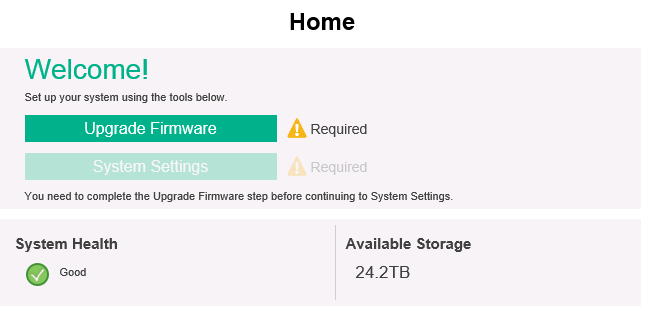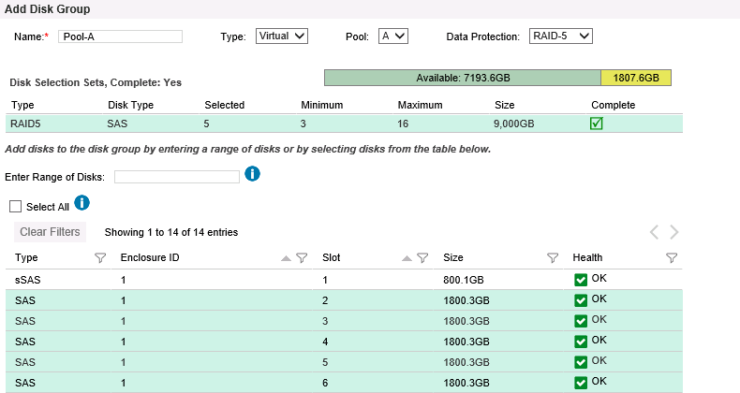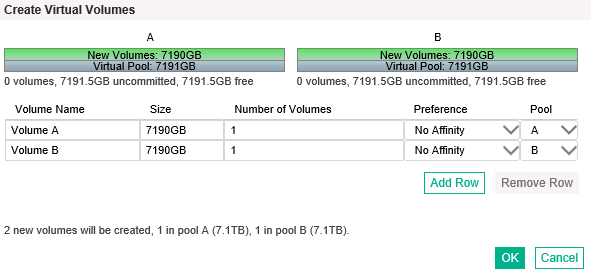This guest post is brought to you by Armin Kerl, if you fancy trying you hand at blogging check out our guest posting opportunities.
This Week HPE released the MSA Storage Array Health Check Web Site.
This tool was used in the past by HPE internal staff only, but is now public.
What does it for you?
It will analyze your MSA configuration and then give recommendations for:
- Firmware Updates (Controller, Enclosure and Drives)
- Best practices
- Unhealthy components
- Find SSD Drives with “Power on Hour” Bug
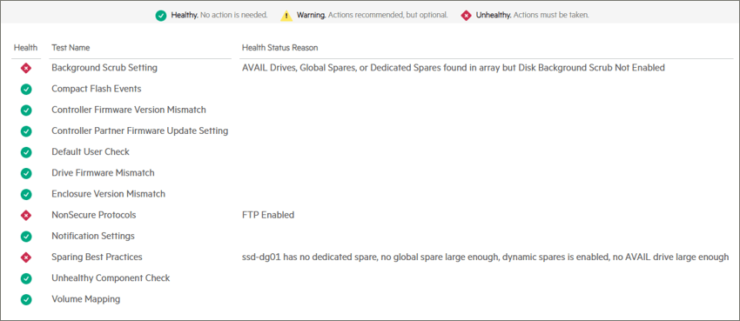
How to use MSA Storage Array Health Check?
It is simple to use you just go to this website: www.hpe.com/storage/MSAHealthCheck
and then upload the MSA Support Logs, to the site. If you do not know how, there is a description on the site to guide you through the process.





